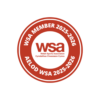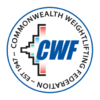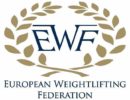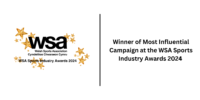Tier 1 - British Championship
This tier of competition is the highest standard of weightlifting in the UK, showcasing the best lifters our country has to offer. Lifters from anywhere in the UK are eligible to compete, however they must have met the qualification standard in a valid competition.
Tier 2 – Home Nation Championship (e.g. Welsh Championships)
Competitions hosted by the Home Nations. Each will have its own eligibility standards, so check these with the organiser before entering. For example, the Welsh Championships is only open to lifters who meet the eligibility criteria (found below)
Tier 3 – Ranking Events
For example, an Academy Open. These events are open to all lifters to enter and achieve results that feature on our rankings list. This tier is suitable for both novice and experienced lifters and the ideal place to qualify for Tier 1 and 2 competitions.
RECORDS
Welsh records will only be accepted from Tier 1, Tier 2 and international competitions. Tier 3 results will not be accepted















